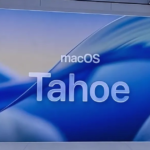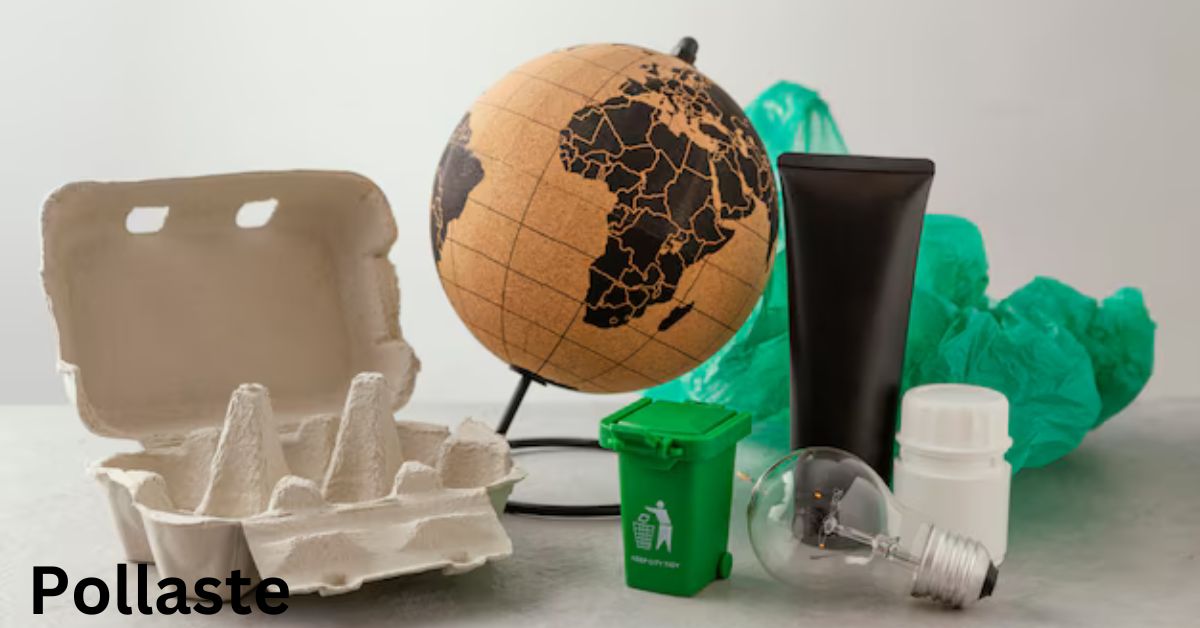Tinting car windows has become a popular upgrade for vehicle owners looking to enhance their car’s aesthetics, improve privacy, and protect against harmful UV rays. However, the cost of tinting car windows can vary significantly based on several factors. This guide will delve into the different aspects of window tinting costs, including types of tint films, the quality of installation, regional pricing variations, and additional considerations to help you make an informed decision.
Types of Window Tint Films and Their Costs
One of the primary factors influencing the cost of car window tinting is the type of film used. Each type of film offers distinct benefits and price points, which can affect the overall cost of the tinting job.
1. Dyed Window Film
Dyed window film is the most basic type of tint. It is created by layering dye between an adhesive and a protective layer. This type of film is popular for its affordability and its ability to enhance the appearance of your vehicle. However, it does not offer the same level of heat reduction as more advanced films.
- Cost: Typically ranges from $50 to $150 for a standard four-door sedan.
- Pros: Lower cost, good for aesthetic enhancement.
- Cons: Limited heat rejection, potential for fading over time.
2. Metalized Window Film
Metalized window film includes tiny metallic particles embedded in the film, which help to reflect heat and UV rays. This type of film is more durable than dyed film and provides better protection against heat and glare.
- Cost: Generally between $100 and $250 for a standard four-door sedan.
- Pros: Better heat rejection, increased durability.
- Cons: Can interfere with electronic signals, slightly more expensive.
3. Ceramic Window Film
Ceramic window film is the premium option, using advanced nanotechnology to offer superior heat rejection and UV protection without interfering with electronic devices. It provides the highest level of clarity and durability among the different types of tint films.
- Cost: Usually ranges from $200 to $500 for a standard four-door sedan.
- Pros: Excellent heat and UV protection, high clarity, durable.
- Cons: Highest cost, premium pricing.
Quality of Installation and Its Impact on Cost
The quality of installation plays a crucial role in the overall cost of window tinting. Professional installation is recommended to ensure that the film is applied correctly, which can prevent issues such as bubbling, peeling, or uneven tint.
1. Professional Installation
Professional installation involves hiring a trained technician or a reputable tinting shop. Professionals have the skills and tools necessary to apply the film seamlessly, ensuring a high-quality finish.
- Cost: Installation fees generally range from $100 to $300, depending on the complexity and the size of the vehicle.
- Pros: Ensures proper application, reduces risk of issues.
- Cons: Higher cost compared to DIY.
2. DIY Tinting Kits
DIY tinting kits are available for those who prefer a more hands-on approach. While these kits can be less expensive, they often require significant skill and patience to achieve a satisfactory result.
- Cost: Typically ranges from $30 to $100 for a DIY kit.
- Pros: Lower initial cost, potential for personal satisfaction.
- Cons: Risk of poor application, time-consuming, potential for errors.
Regional Pricing Variations
The cost of tinting car windows can vary based on geographical location. Prices may be influenced by local market conditions, cost of living, and regional competition among tinting shops.
1. Urban vs. Rural Areas
In urban areas with a higher cost of living, tinting services may be more expensive due to higher overhead costs for businesses. Conversely, prices in rural areas may be lower due to reduced operational costs and less demand.
- Urban Areas: Typically higher costs due to higher rent and labor costs.
- Rural Areas: Generally more affordable, but fewer options for specialized services.
2. Regional Differences
Different regions may have varying average prices based on local competition and demand. For example, tinting costs in states with hot climates might be higher due to greater demand for heat-reducing films.
- Climate Impact: Hot climates may see higher costs due to increased demand for advanced films.
- Local Competition: Areas with more tinting shops may offer more competitive pricing.
Additional Considerations and Costs
When planning to tint your car windows, there are additional factors and potential costs that you should consider.
1. Legal Regulations
Different states and regions have varying regulations regarding the permissible levels of window tinting. Before proceeding with window tinting, check local laws to ensure compliance. In some areas, additional costs may be incurred if legal adjustments or certifications are required.
- Cost of Compliance: May involve additional fees for certification or compliance checks.
- Legal Restrictions: Ensure that the tint level complies with local regulations to avoid fines.
2. Warranty and Maintenance
Many tinting companies offer warranties that cover issues such as peeling or bubbling. It’s important to inquire about the warranty details before committing to a tinting job. Additionally, consider the long-term maintenance costs to keep the tint in good condition.
- Warranty Costs: Some companies include warranties in the installation cost, while others may charge extra.
- Maintenance: Regular cleaning and care may be required to maintain the appearance and performance of the tint.
3. Vehicle Type and Size
The cost of tinting can also be influenced by the type and size of your vehicle. Larger vehicles or those with more complex window shapes may require more material and labor, increasing the overall cost.
- Cost Variation: Larger vehicles like SUVs or trucks may cost more to tint compared to standard sedans.
- Complex Windows: Vehicles with curved or irregular windows may incur additional charges for specialized installation.
Conclusion
The cost of tinting car windows can vary widely depending on factors such as the type of film used, the quality of installation, regional pricing, and additional considerations like legal compliance and vehicle size. By understanding these factors, you can make a well-informed decision that fits your budget and meets your needs. Whether you opt for a basic dyed film or a high-end ceramic film, professional installation is key to achieving the best results and ensuring long-term satisfaction with your window tinting investment.









